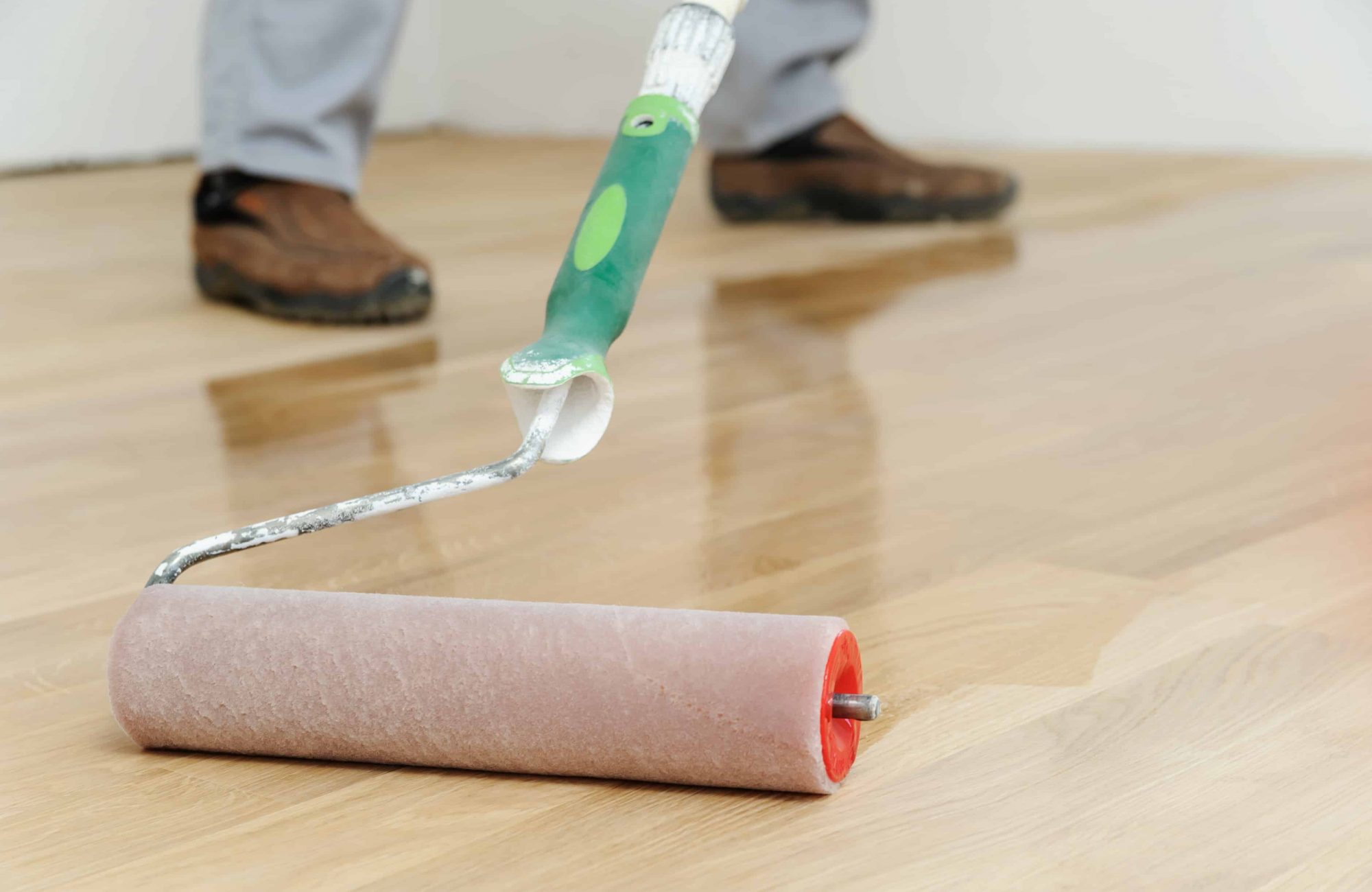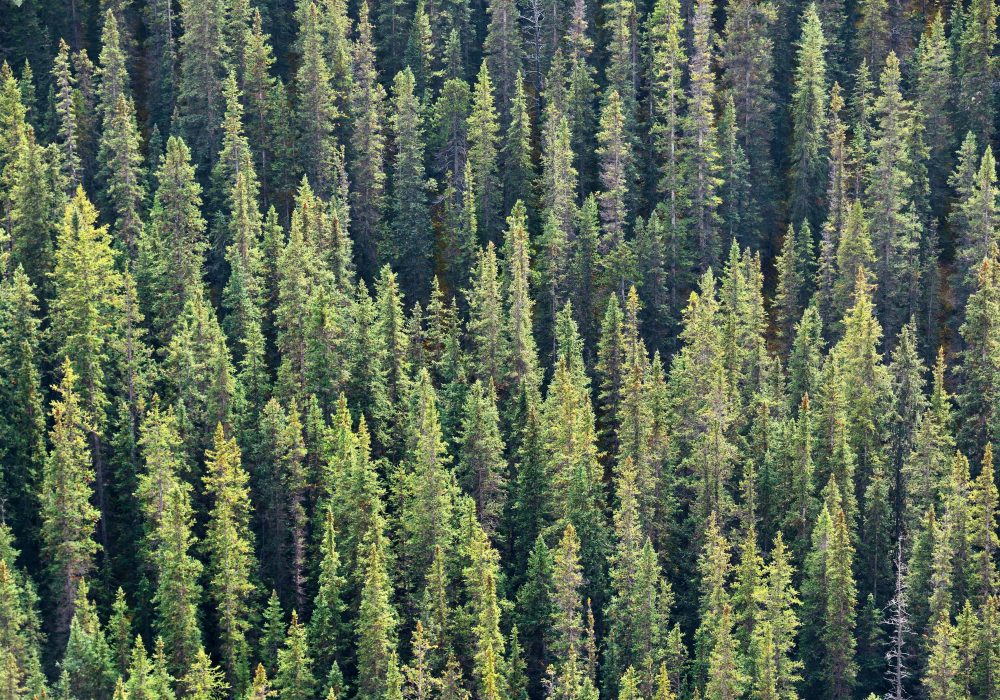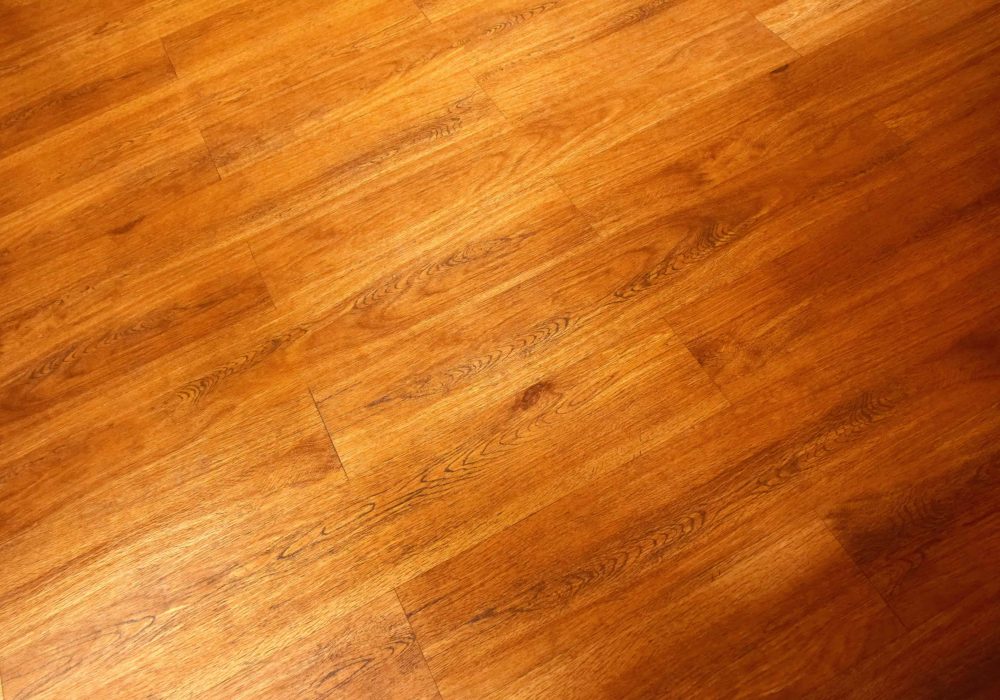You are looking around at your scuffed up, scratched, and perhaps water damaged hardwood floors, and you’re wondering “Is there still hope for my existing hardwood floor, or has its time come to be replaced?”
You may think it is time to replace your hardwood floor. For example, if your hardwood is decades old and has been hiding under carpet for years, you may be convinced it’s beyond repair. Or perhaps your floor has countless dings from pets and kids rough-housing over the years, and you think it is not salvage-able.
Not so fast!
You may be pleasantly surprised to find out that through a professional refinishing process, most hardwood floors can return to their shiny former glory! Refinishing can help extend the life of your hardwood floor for many years, even decades to come.
On the other hand, you may have the impression that all your precious floor needs is a little refinishing and a coat of stain, when unfortunately, the reality is, you’d be doing yourself a bigger favor by replacing the floor altogether.
Denver Dustless is here to walk you through these scenarios and help you determine whether your hardwood flooring can be resurrected with a refinishing job, or if it is time to bite the bullet and replace your floor.
When Refinishing Hardwood is an Option
Even the best quality floors eventually need refinishing due to the simple factors of time and wear. Thankfully though, the hardwood refinishing process can be done not just one, but multiple times through sanding and refinishing over the years (which can be quite the chore, but results in a gratifying outcome).
Superficial nicks, scratches and blemishes can easily be remedied by simply refinishing your hardwood floor. Even minor water damage or more serious dents may be cured by refinishing or replacing only the affected area. These methods can help you save big, as opposed to the cost of replacing the entire floor.
Within the professional hardwood floor refinishing process, different steps can be taken to reinforce the integrity of worn areas of your floor whether it is replacing boards, gap filling, or silencing squeaky boards.
Refinishing also affords the option of color change, for those who are bored with the color of their floor boards, and would like to introduce a new color of stain.
Overcoming the “Cons” of Refinishing – Dustless Hardwood Floor Refinishing
Since the process of refinishing can be much more dirty and dusty than initial floor installation, many Denver homeowners are hesitant to follow through because the headache and hassle generally associated with the mess of hardwood refinishing.
For the typical Denver hardwood floor refinishing company, this may be an obstacle. However for Denver Dustless, the mess doesn’t have to become a factor in your decision.
We exclusively use top-of-the-line Dust Collection Systems (DCS) from Bona, which contains over 95% of dust created from the hardwood refinishing process. Our investment in this state-of-the-art equipment ensures that your hardwood floor refinishing project will not be a headache you don’t have time for.
When Refinishing Your Floor Is Not an Option
After extreme wear and multiple hardwood refinishes however, further sanding of the wood may only reveal more problems, signaling the demand of a full replacement. This is especially the case when severe water damage has been done to your wood flooring, perhaps due to urban Denver flooding.
There are some instances in which refinishing your floors is sadly no longer an option, or though it may be an option, it would not be a prudent one. What are those scenarios?
When Your Home Has Structural Damage
Beneath your hardwood floor lays the foundation for your beautiful hardwood called your subfloor. Depending on the subfloor, it is usually made from either standard plywood or a 3/4-inch tongue and groove plywood which is higher in quality and strength. Beneath the subfloor lies your floor joists which make up the structure or ‘frame’ of your floor.
If, for some reason, structural damage has occurred to your home, the existing hardwood would clearly have to be removed to access the subfloor and if needed, the floor joists. After such an analyzation is made and proper structural repairs are finished, then you can decide whether to replace your hardwood or try to salvage the already existing hardwood.
Hardwood Warping, Cupping, and Pests
Another situation in which full or partial replacement would be the necessary choice is in the case of extreme warping or cupping of your hardwood floor planks.
Both cupping and warping are almost always associated with moisture damage, uncontrolled humidity imbalance sometimes from seasonal transition (check our blog for tips on how to avoid humidity problems with hardwood floors), a hidden leak under the house (whether in direct contact with the wood or not) or from an excessive amount of standing water that may have seeped through the floor.
Cupping, as its name implies, makes your hardwood floor planks rise on the edge and sink in the middle giving the wood the shape of a cup. This is also known as ‘washboarding’. It happens if the air in your house is especially dry, but beneath, moisture has built up. Still, cupping it is not as extreme as other warping and can sometimes be corrected by a rebalance of humidity.
Warping, however, has a more excessive and intense effect on hardwood, and is a result of high moisture imbalance. This can be caused by things such as a severe amount of standing water left on a floor for a prolonged amount of time or even flooding underneath the house. In cases of serious warping, removal and replacement would be unavoidable. Read more on our Water Damaged Hardwoods post to find out if your hardwood is beyond saving.
Beyond warping and cupping, flooring damage caused by pests, such as termite infestation and the like would require replacement.
Change of Aesthetic
Some homeowners simply do not like their existing hardwood floors, and no amount of sanding or staining is going to change that. Perhaps the floors were initially installed improperly, or the pattern is outdated, or the wood species is all wrong for them.
If your current floors don’t jive with your aesthetic, and you have the budget for a full flooring replacement, we can certainly help with that.
When opting for a new floor altogether, you’ll have the option to change look of your floor completely. You may choose a different species of wood or choose to lay your hardwood in a different direction, giving the area a more spacious feel.
Keep in mind that all hardwood floors are valuable, especially considering that precious trees were cut to make it. Never throw hardwood away! Your old hardwood floors and be recycled. Perhaps you know a friend who would like to install your old hardwood in their home, or you can think of another ‘anti-waste’ way to use the wood.
Should You Replace or Restore Your Hardwood?
After considering the above, you may feel like you have reached a decision about what to do with your worn out hardwood floor.
You may be able to save a lot of money by refinishing your existing hardwood floor in comparison to a new installation. Alternatively, due to structural issues or excessive damage to your current hardwood floor, or simply because of aesthetics, you may have concluded that a brand new hardwood floor installation is for you.
Whichever may be the case, the professional hardwood installation and refinishing team of Denver Dustless is here to help.
Perhaps you are still unsure what route is best. Why not contact us? We can help you assess the condition of your floors, and advise whether a full restoration is possible.
Here at Denver Dustless we are experts at BOTH hardwood installation and refinishing! No need to worry. Just get in touch and let us help you take the first step of your hardwood refinishing or replacement project, so that you can take the first step on your new floor!






